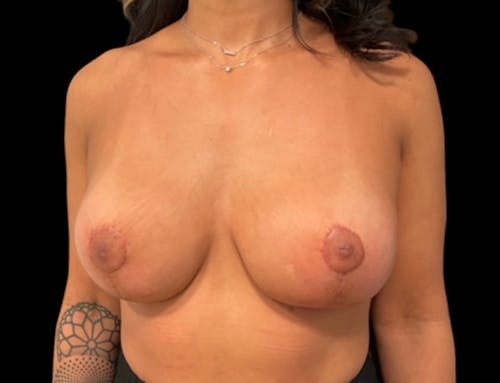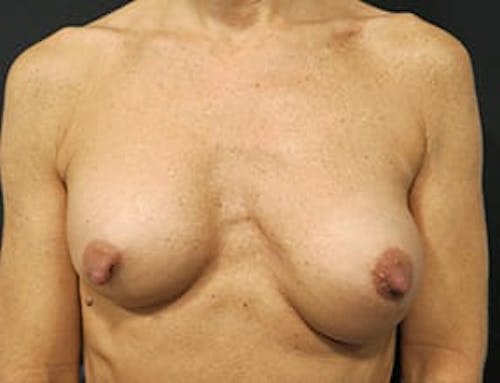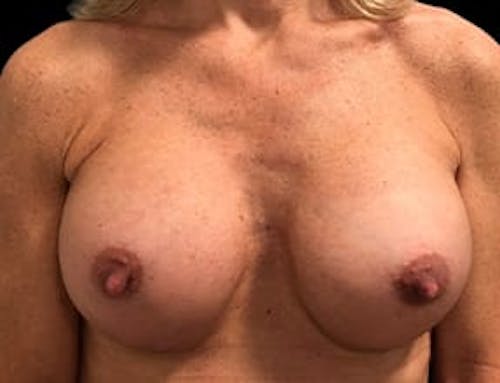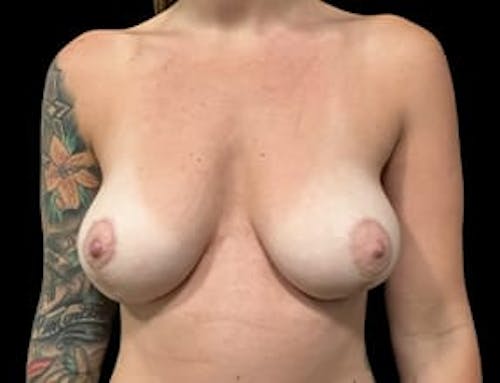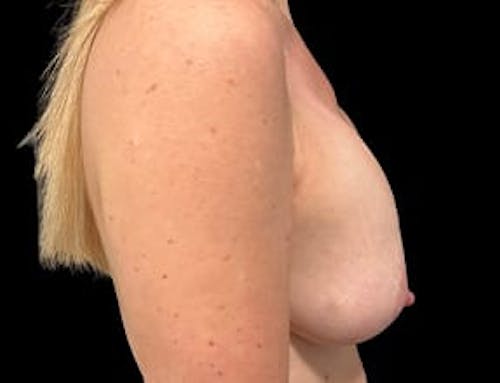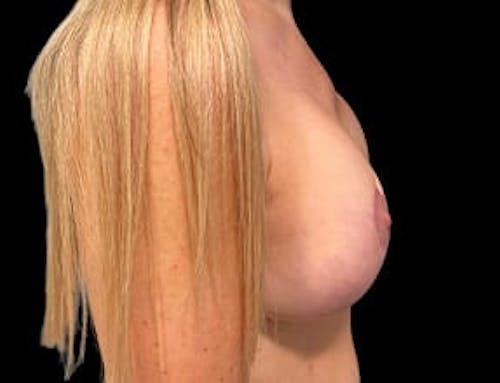Breast implants do not last forever and eventually will need to be replaced. Some women have experienced complications after breast augmentation and need aesthetic issues resolved with revision breast augmentation in New York City.
Why Pursue Breast Revision Surgery?
Every person is unique and could experience a range of aesthetic or medical issues related to primary breast augmentation. The reasons to undergo revision breast augmentation in NYC include:
- A desire for larger or smaller implants
- Capsular contracture
- Bottoming out (implants too low, nipples too high)
- Older implants
- Health concerns
- A wish to return to natural breast size
- Implant rupture
- Symmastia (breast implant pockets have merged together medially)
- Breasts uneven on the chest wall
- Rippling
- Implants have shifted in position
- Excessive breast sagging
- Textured implants




